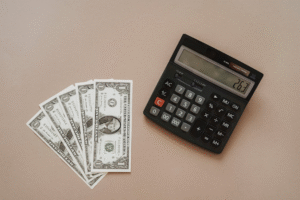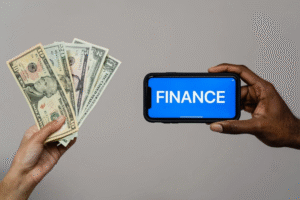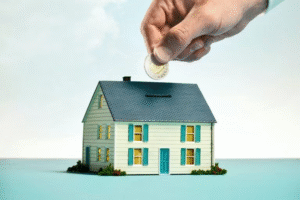BNPL vs. Hidden Credit Card Costs: Which One Really Hurts Your Pocket?
BNPL vs. hidden credit card costs: find out which option really weighs on your wallet. Understand interest, hidden fees, and risks.
BNPL or Credit Card: Compare Hidden Costs Before Choosing

In recent years, “Buy Now, Pay Later” (BNPL) services like Affirm, Klarna, and Afterpay have become some of the fastest-growing payment options in the US market. Meanwhile, credit cards remain the most widely used payment method, with over 80% of American adults carrying at least one card.
Both options promise convenience, flexibility, and purchasing power, but when it comes to the actual costs, which one is more likely to cost a fortune? Let’s take a closer look.
What Is BNPL and How Does It Work?
BNPL is essentially a short-term installment loan. Instead of paying the full price of a purchase upfront, consumers can split the cost into several equal payments, often with zero interest if paid on time.
- Example: A $400 laptop could be divided into four payments of $100 every two weeks;
- Many providers offer this option directly at checkout, both online and in physical stores.
The appeal of BNPL lies in its simplicity and transparency: you see the exact number of installments and due dates right away, without navigating complicated terms.
The Hidden Side of Credit Cards
Credit cards, on the other hand, have been around for decades. They offer rewards, cashback, travel perks, and consumer protections that BNPL often lacks. However, their cost structure can be much less transparent.
Common hidden costs include annual interest rates (APRs) averaging over 20% in the US (Federal Reserve, 2024), and carrying a balance can quickly add hundreds of dollars in extra costs.
In addition, there are late payment fees, typically $25 to $40. There are also annual fees; premium cards can cost between $95 and $500 per year.
International transaction fees. Often 1% to 3% of international purchases. Furthermore, deferred interest promotions like “0% APR for 12 months” can backfire if the balance isn’t paid in full—interest is charged retroactively.
These costs often go unnoticed by consumers until they appear on their statement, making credit cards particularly prone to “hidden cost” surprises.
BNPL Isn’t Free Either
Although BNPL is marketed as an “interest-free” alternative, it presents its own risks. Below, you can learn about each of them!
- Late fees: Some providers charge $5–$15 if you miss a payment;
- High-interest financing plans: If the purchase isn’t covered by the 0% plan, APRs can reach 30%, similar to credit cards;
- Impact on credit: While some BNPLs don’t report positive payments to credit bureaus, they can report missed payments, hurting your credit score;
- Over-spending temptation: Splitting payments can make a purchase feel affordable, leading to impulse buying.
According to a 2023 Consumer Financial Protection Bureau (CFPB) study, 42% of BNPL users reported missing at least one payment, leading to late fees or debt rollover.
Consumer Tips to Avoid Losses
Always read the fine print. Whether it’s a BNPL plan or a credit card, know the fees, annual percentage rate (APR), and penalties upfront.
Remember to keep track of your payments. Multiple BNPL plans can overlap, as can multiple credit card balances. Use reminders or budgeting apps.
Also, avoid using either option for non-essential or impulse purchases. Responsible credit card use can strengthen your FICO score, while BNPL currently has limited impact on credit building.
If you want rewards and protections, a credit card (paid in full monthly) may be better.
Final Takeaway
BNPL and credit cards are two sides of the same coin: tools that can either empower your finances or quietly drain your pocket.
In the U.S., where both credit card debt and BNPL adoption are hitting record highs, the smartest approach is to use whichever option helps you stay in control of your spending.
If you pay in full and on time, both can work in your favor. But the moment you lose track, hidden costs, whether in the form of interest, fees, or penalties, will start to add up.
At the end of the day, it’s not just about choosing between BNPL or credit cards. It’s about building habits that keep your money safe.






